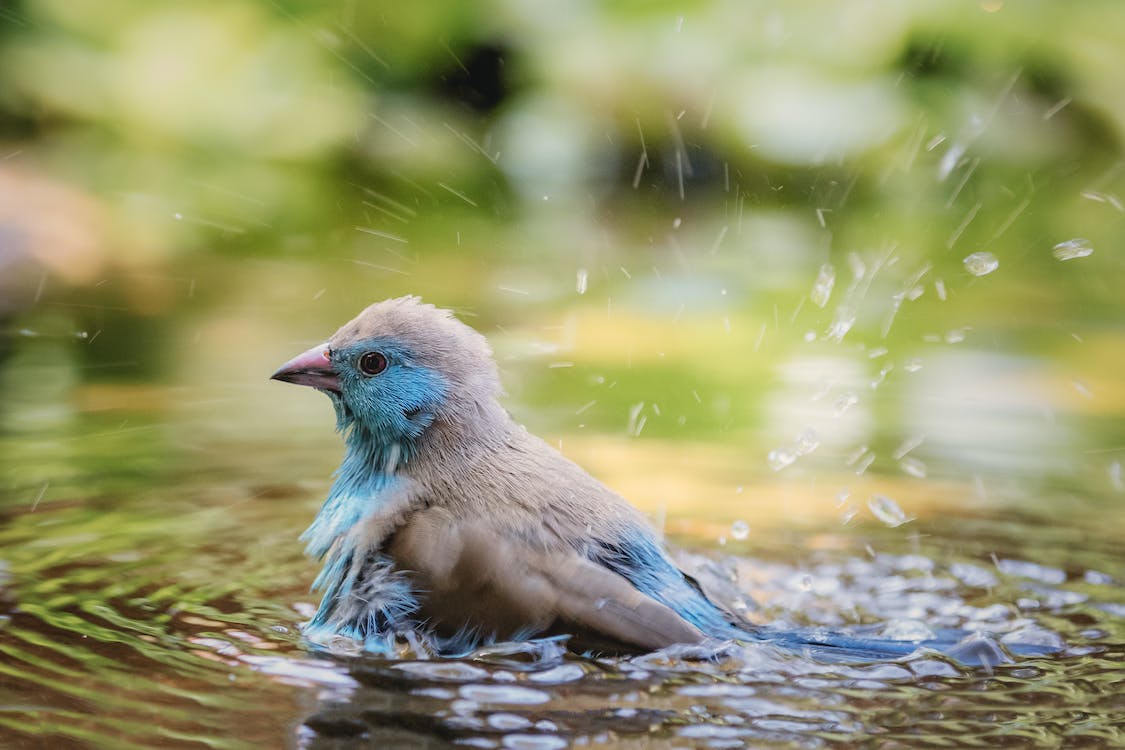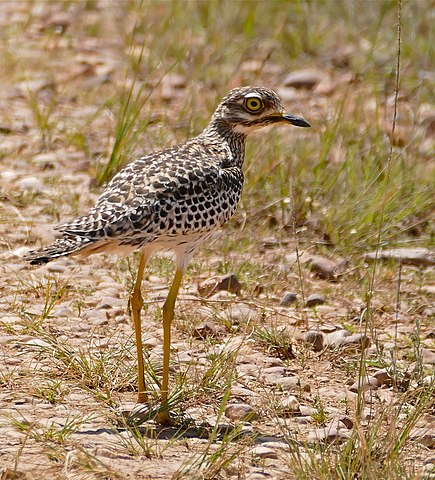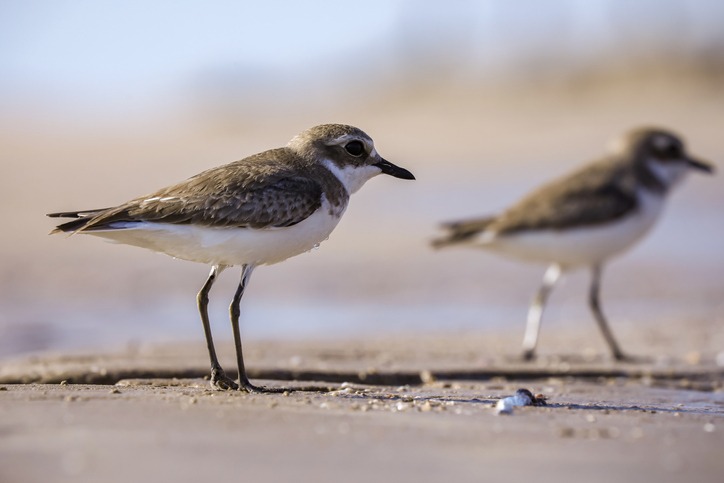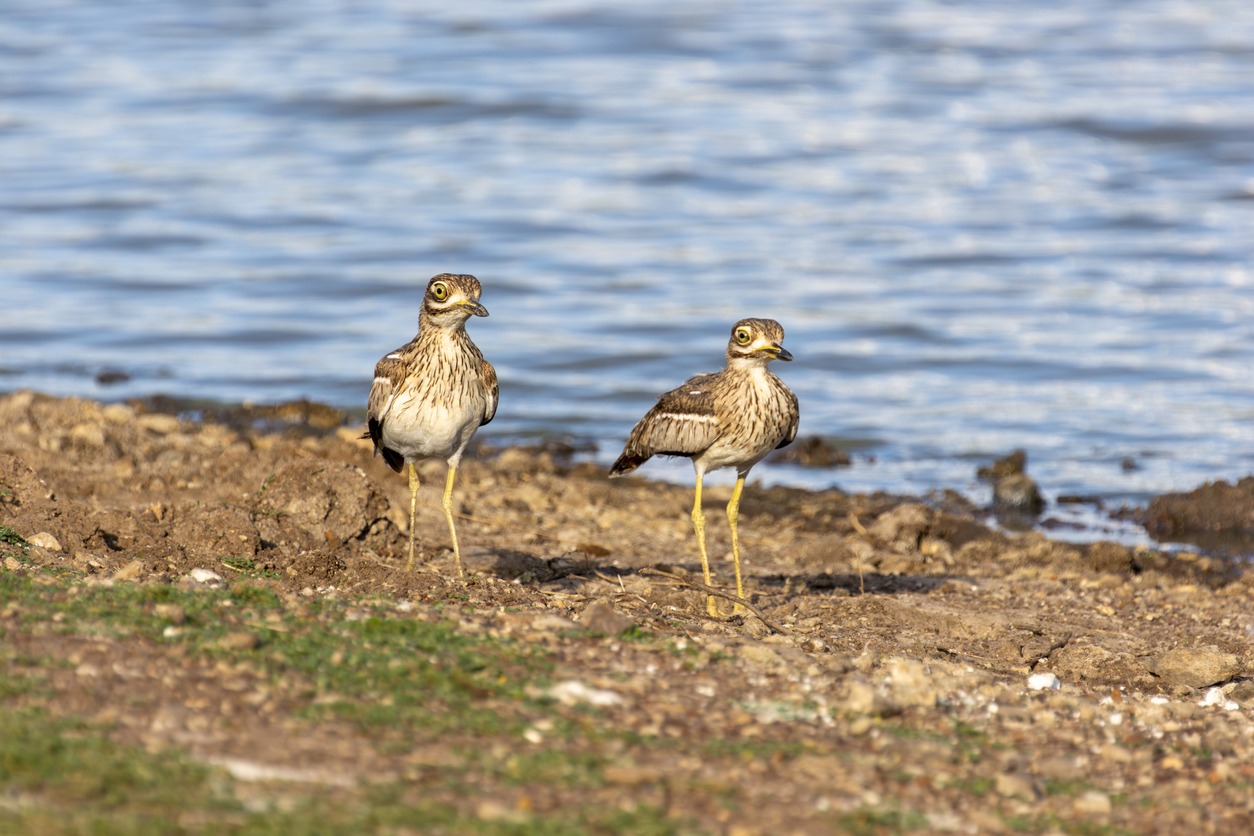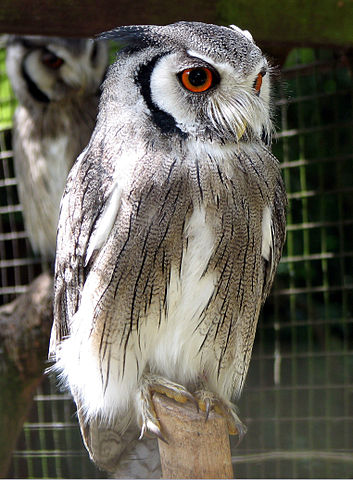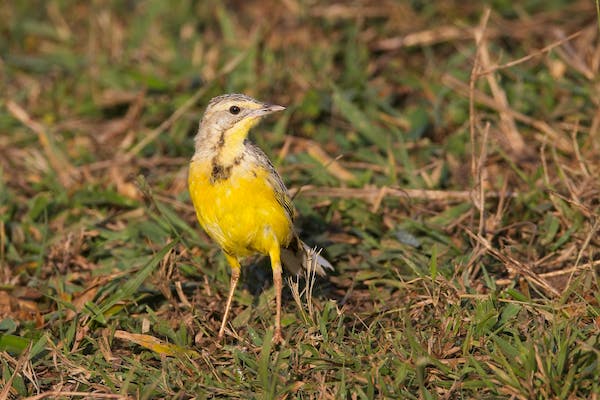Facts You Should Know About the Blue Waxbill
The Blue Waxbill is known for various names: The Uraeginthus angolensis, Southern Blue Waxbill, Southern Cordon Bleu, Blue-breasted Waxbill, Blue-cheeked Cordon Bleu, Blue-breasted Cordon Bleu, and Angola Cordon Bleu. It is an indigenous species that is found in the southern region of the African continent. This Blue Waxbill was first described in … Read more

